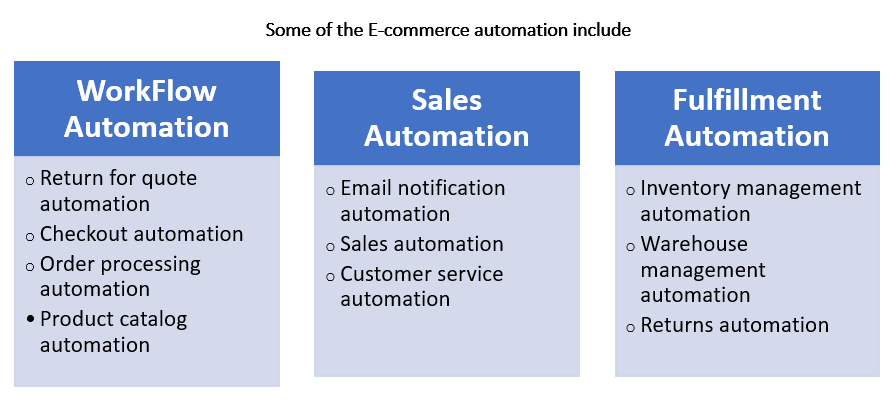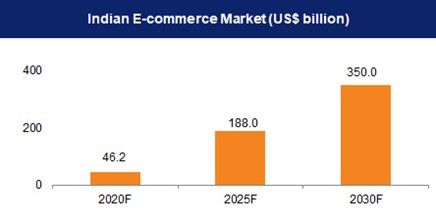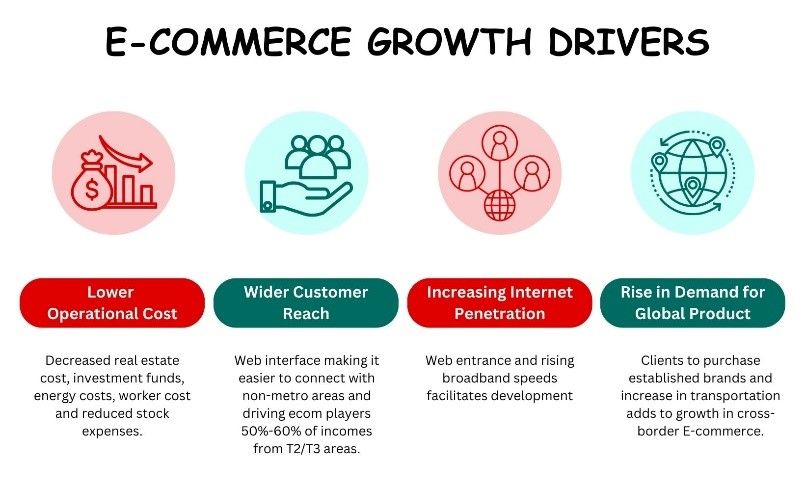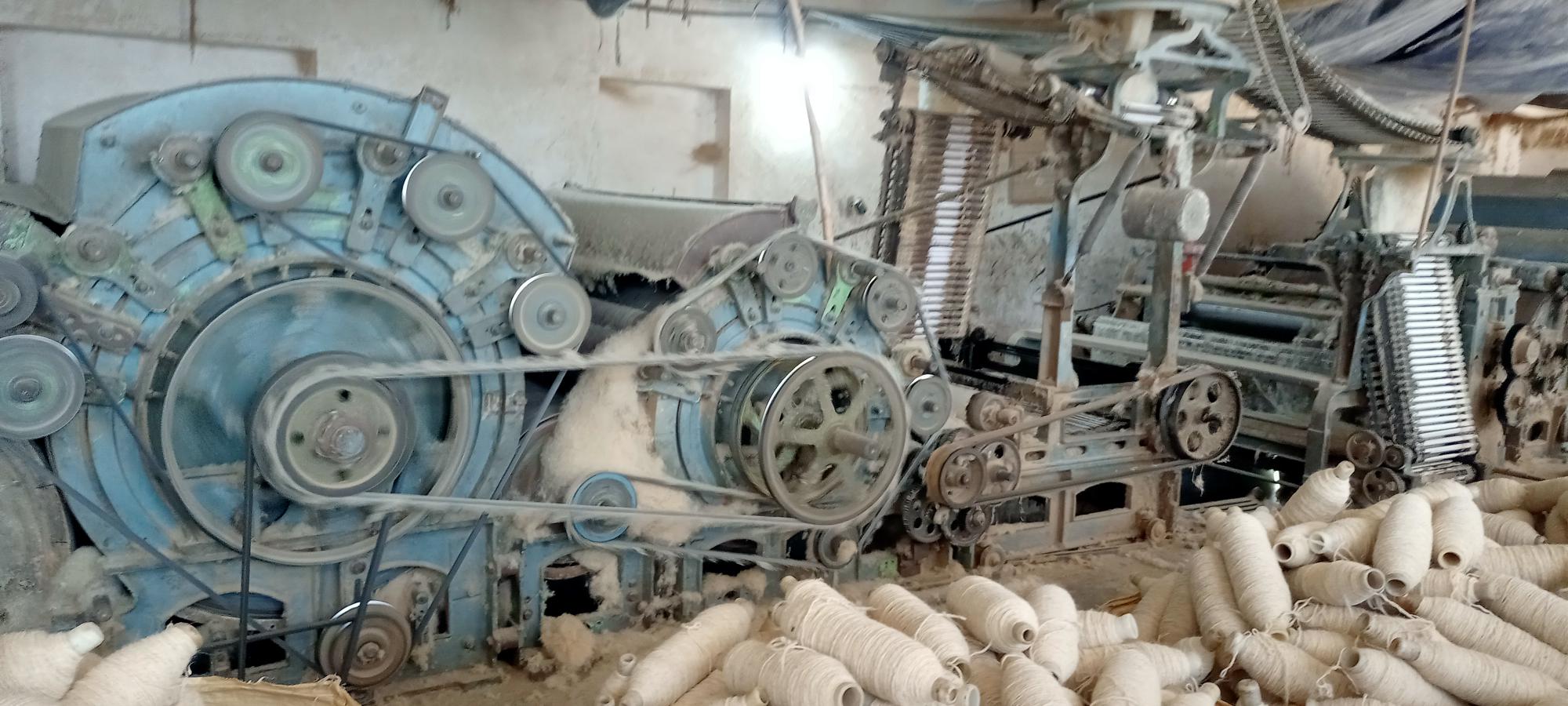E-commerce has changed the way of doing businesses in India, and facilitated various new business segments such as B2B, D2C, C2C, and C2B. This industry has impacted Micro, Small and Medium Enterprise companies by providing them funds, technology, and training, having a positive effect on other industries as well.
By the end of FY27 the D2C market in India is likely to reach US$ 61 billion. By 2030, the global e-commerce market is projected to reach US$ 351 billion. The Indian E-commerce has been growing quickly and is expected to overtake the US as the world's 2nd largest E-commerce market by 2034.
Technology-based innovations such as digital payments, hyper-local logistics, analytics-driven customer engagement, and digital ads are likely to promote the growth of this sector. Automation and cross-border expansions in e-commerce are likely to provide major growth expectations for the industry.
Also Indian Govt. planned to introduce ONDC (Open Network for Digital Commerce), which will increase/boost business for micro, Small, and Medium Enterprises by synchronizing search results on e-commerce platforms and displaying products/services from all platforms.
As we all know, e-commerce websites operate 24x7, so it is not practical to manage all operations physically and manually which makes us to focus our efforts on automating e-commerce business. Automation in e-commerce integrates many modern innovations such as big data, machine learning, artificial intelligence, and chatbots to boost sales, increase staff productivity, and provide 24x7 availability.

Automation in ecommerce can boost team productivity by 45% which in a result can raise revenue to 49%. It encourages E-commerce players to automate their existing set-up with, features such as reduced workload, higher consumer satisfaction, and better resource management also. "85% of B2B players realize automation as an underutilized opportunity and are willing to incorporate it into their business models." E-commerce players eye automation, as one of the most prominent opportunities in the market.

In India it is expected to grow US$ 188 billion by 2025. After China and the US, India had the third-largest online shopper base of 150 million in FY21 and is expected to be 350 million by FY26.
Conclusion
To remain relevant in the era of the e-commerce or Marketplace revolution, businesses must adapt and use the power of online marketplaces. The rise of e-commerce has not only changed how we do business but has also created enormous prospects for growth.
Our Marketplace Hub software provides a comprehensive solution for easily navigating the dynamic world of e-commerce. It enables organizations to develop a strong presence across numerous channels, catering to diverse customer segments, by easily integrating with all major online platforms.
You can easily list your products on numerous e-commerce platforms, manage inventory, automate order administration, and optimize your sales success using Marketplace Hub. Automation elements such as workload reduction, improved customer satisfaction, and efficient resource management pave the way for exponential growth and success.
As the Indian e-commerce sector expands fast, now is the ideal time to position your company for success. You may access into the ever-growing online shopper population, promote revenue development, and take your organization to new heights by embracing the potential of Marketplace Hub.
Join the e-commerce/marketplace revolution today and discover the limitless opportunities it offers with Marketplace Hub. Visit Marketplace Hub to learn more about how InnoAge can assist you in revolutionizing your e-commerce operations and shaping your company's future.
Let us embark on this exciting journey together and see Marketplace Hub's revolutionary potential for seamless integration, Warehouse Integration, Inventory Management, Reporting and Analytics, and many more





